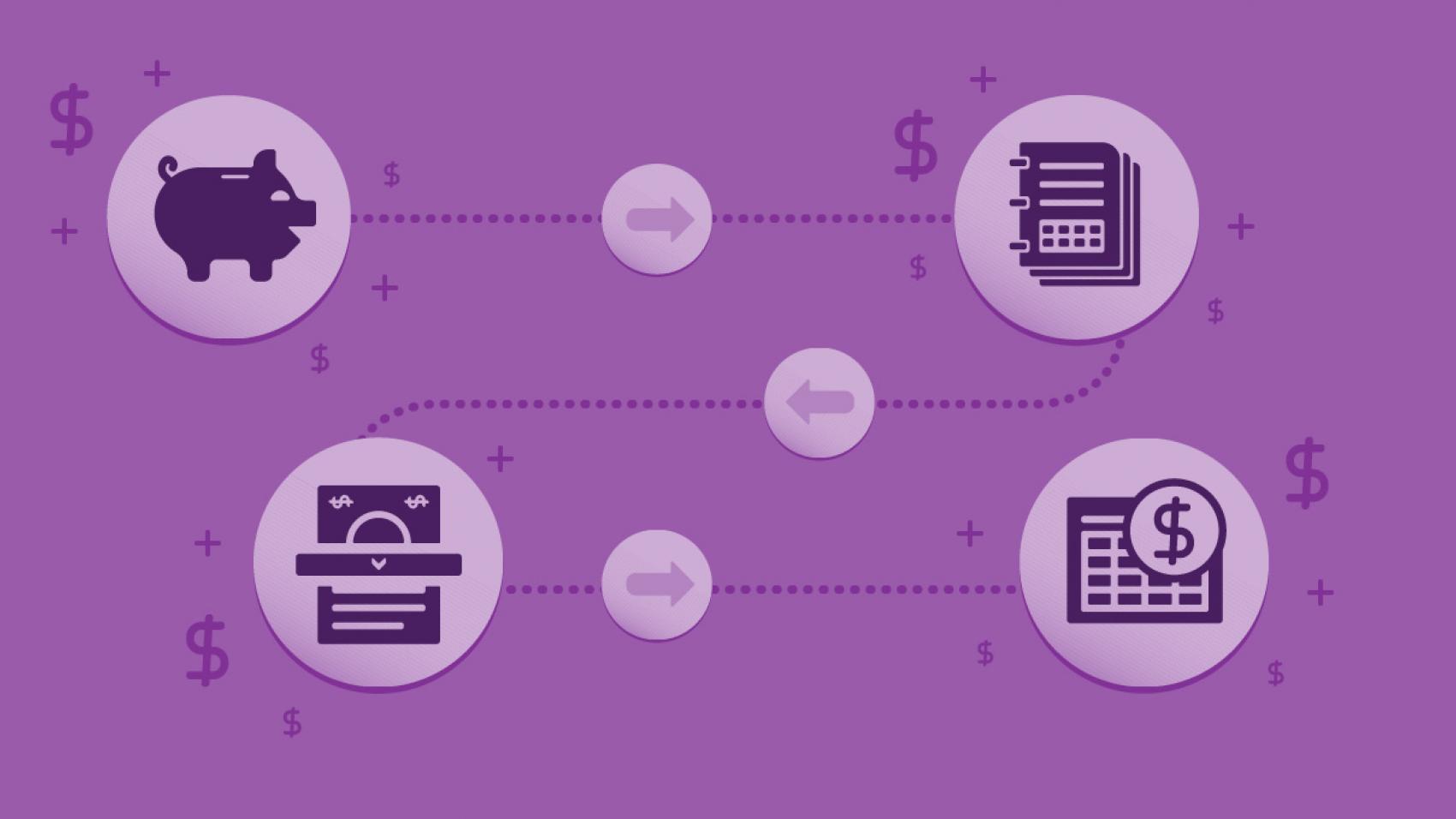The Antiquated Financial Printer and the Digital Revolution

Financial printers have been a critical tool to help companies file their IPO and other offering and reporting filings with the Securities and Exchange Commission (SEC). Decades ago, a financial printer maintained expensive presses that were specialized in producing “SEC approved” physical paper documents in a timely fashion with appropriate typeface sizes, under strict confidentiality, and providing proofreading and other services. In the late 1990s, the SEC began to require electronic uploads of these documents and printing paper copies began the process of slowly dying out.
From the 1990s to the present day, some financial printers have continued to evolve and become more digitized. Companies are no longer requesting paper copies of their registration statements and other SEC filings. Rather, the focus and purpose of the “digitized” financial printer is to provide stakeholders and teams with quick support and timely execution of the registration statement or other related SEC filings.
Dedicated service teams combined with technology tools help management teams, attorneys, accountants, underwriters, and other key stakeholders to securely and confidentially collaborate on, control the process of filing a registration statement or other filings, file them timely and effectively (“EDGARization”) with the SEC, and reduce non-value add work.
Whether you are a CFO, general counsel, a securities' attorney at a law firm, an accountant, or an underwriter, the selection of an effective financial printer is critical to a successful IPO or other SEC filing, by allowing your deal team to focus on content, in real time.
What should I consider in a financial printer?
To select the best financial printer, there are three key criteria for consideration: security, controlled collaboration, and pricing.
Security: Registration statements and other SEC filings contain confidential and vital information that should only be shared with investors or the public when appropriate. Seek out financial printers who maintain proper security certifications as well as maintain proper controls over access, including two-factor authentication.
Controlled collaboration: It takes a village, known as the “working group,” to project manage, draft, and file an IPO or SEC filing for a transaction or event. This group typically consists of key management members, internal and external legal counsel, accountants and auditors, and investment bankers and underwriters. Each of these stakeholders are responsible for contributions to the registration statement or transaction filings. Your financial printer and the technology they use must allow all of these stakeholders to work simultaneously together. However, the saying goes “collaboration without control leads to chaos.” While collaboration is key to effective and efficient work, it must be controlled by key stakeholders who can manage these different team members and ensure changes and updates are accurate and appropriate.
Pricing: We all know that companies incur significant costs to execute an IPO or material transaction. When considering the cost of a financial printer as part of this process, it is important to understand the metrics driving the quote you will receive. Are you being quoted a price based on the overall project? Or per page? Or by the number of hours incurred? Seek transparency and clarification from the financial printers to understand how you will be charged so you are not left paying hefty overages for your IPO or SEC filing.
I don’t want to use financial printer, what other options are there?
As mentioned before, technology has come a long way since the days we needed physical papers to file transactions or events with the SEC. There are now solutions that specialize in the digital filing for IPOs. But as we’ve talked about, IPOs can be time consuming, costly, and confusing—so why purchase a technology for a singular event?
A smart platform like Workiva allows you to start preparing today, whether your anticipated IPO is months or years ahead, by giving your teams the tools to help prepare and audit the financial statements that will ultimately be vital in your registration statement.
Knowing that integrated reporting is hard for most companies to achieve, we’ve focused on creating a platform that seamlessly supports a private to public reporting journey, supported by a well-staffed services team ready to handle all your financial printer needs, and is prepared help you through your IPO journey or other SEC filings processes.
We understand what it’s like to work with a group of stakeholders, so we’ve focused on those features that financial printers lack: communication, collaboration, security controls down to the cell, and automated and synced data linking.
And when you are ready to file your registration statement or transaction filings, our technology platform and services team will facilitate the collaboration of all the stakeholders, while at the same time allowing external counsel or key stakeholder to manage the process. Once your IPO or transaction has been filed, our platform allows your accounting and finance and legal teams to leverage those filings for your ongoing reporting needs, like 1934 Securities Act reporting requirements, proxy statements, ESG reports, and more.
The fact of the matter is that the IPO market is, slowly but surely, progressing. Whether you’re ready to jump now or just starting your planning process, you have to weigh your options—the conventional choice for a single transaction or an open platform that empowers you to grow?
Want to learn more about how Workiva can help take your company from private to public? Reach out to an expert today.
Don’t wait! Register for a free Amplify account and stream select sessions until Oct. 31, 2023. Explore how financial reporting, ESG, and GRC intersect.
EDGAR® and SEC® are trademarks of the U.S. Securities and Exchange Commission. Workiva Inc.'s products and services are not affiliated with or approved by the U.S. Securities and Exchange Commission._0.png)
